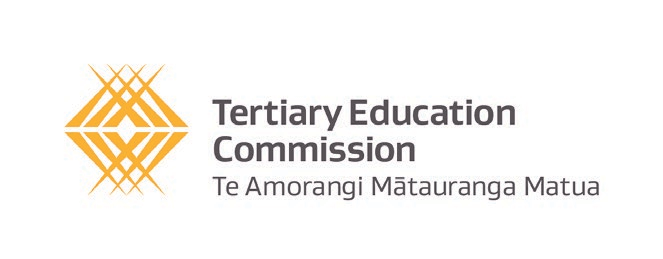
Annual Review 2017/18
Rural School of Medicine
Nadine Wil iams, Manager Relationships (Investment), Delivery
Key messages
• There are issues with access to health services in rural areas due to a lack of health professionals working in these areas. This is backed by Health Workforce New
Zealand (HWNZ) data and is regularly raised in the media.
• Currently, the shortage in rural health professionals is mitigated through the use of International Medical Graduates (IMGs). New Zealand attracts approximately
1,100 IMGs per year.
• Universities have made two proposals to government to change medical training in New Zealand:
o the University of Waikato and Waikato DHB joint proposal to establish a new graduate-entry medical school, and
o the Universities of Auckland and Otago joint proposal to establish a School of Rural Health by expanding their current rural training initiatives.
• In response to these proposals, the previous government announced it would run a contestable process to establish a new School of Rural Medicine. The purpose of
this was to produce more doctors for NZ’s rural communities.
• The current Government rescinded the decision to establish a School of Rural Medicine. Instead, the Ministry of Health (MoH) is working on developing short and
medium term actions to address the maldistribution of health professionals in rural areas and improve access to health services in these areas. The rationale for this
decision is that:
o improving access to health services for rural communities will require multiple solutions, and
o the establishment of a School of Rural Medicine would only address some of the issues (i.e. it could support attracting new health professionals into rural
practice, but is unlikely to change issues affecting retention).
What is MoH proposing?
• There are alternative methods of addressing the attraction and retention in the rural workforce. These include providing locums to cover out of hours and
emergency work, continuing professional development, changes to the funding model, and regional development.
• The MoH is proposing a programme of work to develop options to support health professionals practising in rural areas and encourage general practitioners and
others to take up rural practice.
• A number of short-term measures are proposed, which include providing additional training, leveraging technology, and improving support for rural locums.
What is the current Medical EFTS cap?
• Medical provision is considered high-cost and the amount of delivery is capped on the first-year EFTS intake.
• The cap has been raised from 365 SAC 3+ funded first-year EFTS in 2009, to its current level of 539 SAC 3+ funded first-year EFTS.
• The current split is 257 EFTS at Auckland and 282 EFTS to Otago.
What was Medical EFTS delivery in 2017?
• In 2017, Auckland delivered over $51.5m (approximately 1,200 EFTS) and Otago delivered over $57.7m (approximately 1,400 EFTS) SAC 3+ funded provision in years
2-6 of the Bachelor of Medicine and Bachelor of Surgery qualification.
• About 30 percent of students commencing the second year of the current medical training programmes enter as graduates from another degree programme.
